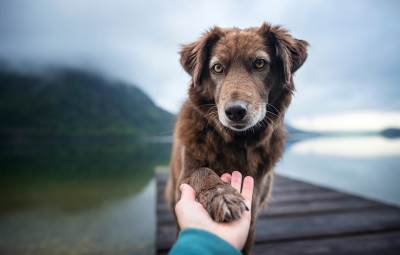“How to train a rescue dog” is a topic I come across all the time, so I decided to write this article. Adopting a rescue dog is exciting and can be extremely rewarding. For the most part, you should train your rescue dog the same way you would with any other dog, but keep in mind the journey the animal has been on. Show them you are the leader, the one who will guide, protect and feed them. Once you establish this bond with your four-legged friend, they will give you loyalty, love and keep danger at bay. However, this takes a lot of time, effort and patience, as most rescue dogs usually come with their fair share of mistrust, anxiety and other possible issues.
How to house train a rescue dog: Easing the transition during the first few days
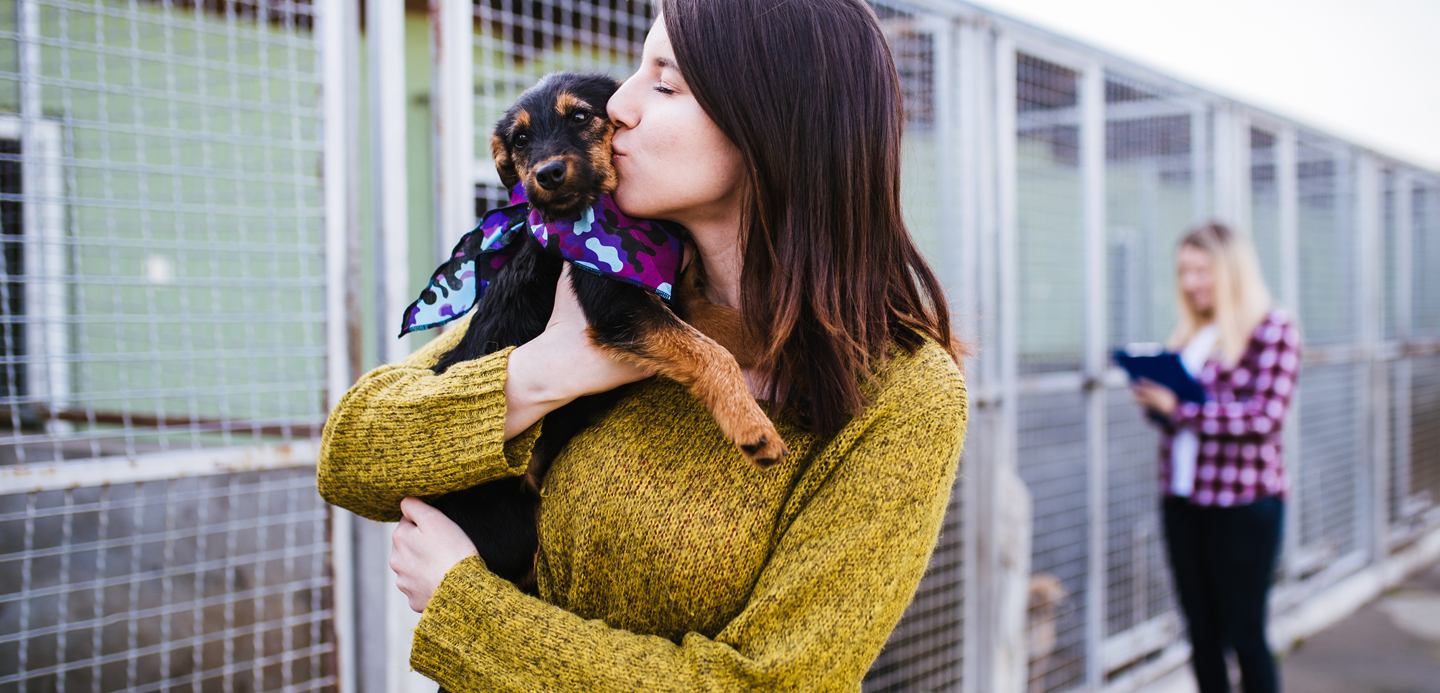
Fido needs to get acquainted with his house and immediate surroundings, so give him the chance to smell everything and explore the outside and inside of his new home. Make sure you get the food, bowl, crate and a long line ahead of time. Since your new buddy is not a puppy anymore, your approach with him at first needs to be friendly but not overwhelming.
You are now thrilled to have Fido home. However, keep in mind that he has a past that you are unaware of. Avoid overt displays of happiness at first. Instead, let him get to really know you and all family members at his own pace. There will be plenty of time later to give him all that additional love and affection. At this crucial point in his life, he needs to trust you and understand that you are not just going to be another temporary new friend.
Be sure to use a long line – and not a leash
I strongly recommend using a long line for your rescue dog. The difference between a leash and a long line is the length and how you use it. Some basics to keep in mind:
- A standard long line is 15 feet long and should be employed at all times outside and inside your home.
- A leash is for walking and keeping your animal close to you.
- Use a long line so that your dog is always in the same room as you.
- Do not pull hard when your dog is on the long line as it is meant to be a guide to show that you are in control and not some form of punishment.
The only time your dog should be off the long line is when he is in his crate. Loads of patience and encouragement are needed the very first time you put him in his new crate. Remember to be consistent when putting Fido in the crate and do not let any other animals in the crate. Otherwise, he will become confused and possibly anxious.
How to potty train a rescue dog
When you arrive home for the first time, use the long line at its longest so that he does not feel like he is under a leash. and bBring him immediately to the specific place that you have decided chosen for him to “do his business,” .” and sStay close to that space and wait for him –, he will do number one at some point.
Be patient. Give the action a name like ‘’PIPI’’ and simply wait. He will start smelling everywhere and, in a few minutes, possibly do it. However, he might wander around instead. In which case, use the long line to bring him over to the desired location. If he “delivers the goods,” be sure to give him lots of praise and keep repeating the word so he will associate it with this action.
Do not let him back in the house until he has done his business; otherwise, you will pay the price! Afterwards, take the time to walk outside the property with your dog while always using the long line.
Important tip: Don’t let him do this on a tree, as it is a dominant action that you want to avoid.
Don’t worry if this training takes some trial and error. You will need to be persistent to potty train your rescue dog.
Important tip: Be sure to praise your dog when he “delivers the goods,” engage in play and offer treats.
Next, let him discover your house with the long line. After you have been in the house for 20 minutes or so, use the long line to bring him to the spot where he is supposed to do his business and simply wait until he does.
Maintaining a routine is critical
Dogs simply love routine as it takes away a lot of stress for them. Make sure your dog’s crate is as cozy as possible and in a safe area – not in the garage or basement. He needs to be able to see you passing by when he is in the crate. Put comfortable blankets in the crate with some toys and leave the door open at first. Let him go in and out as he pleases until it is nighttime.
Important tip: Do not to leave your dog alone on his first day with you. Ideally, bring him home on a Friday, so that you can spend the whole weekend with him.
Give your dog the time to get friendly with you at his own pace, which usually takes three to four days. During this period, try not to have any company over as you don’t want to over-excite your pet. Your dog might not eat at first – this is perfectly normal behavior for a rescue animal. Do not leave the food sitting there if your canine friend is not interested in it. Only leave the food there for a maximum of 30 minutes. In fact, a one-year-old dog and up really only needs to eat once a day. I recommend feeding your dog right after your family dinner.
Important tip: On that first day, even if he eats during the allotted 30 minutes, remove the bowl and resume the same routine the next day.
What to expect in the first week?
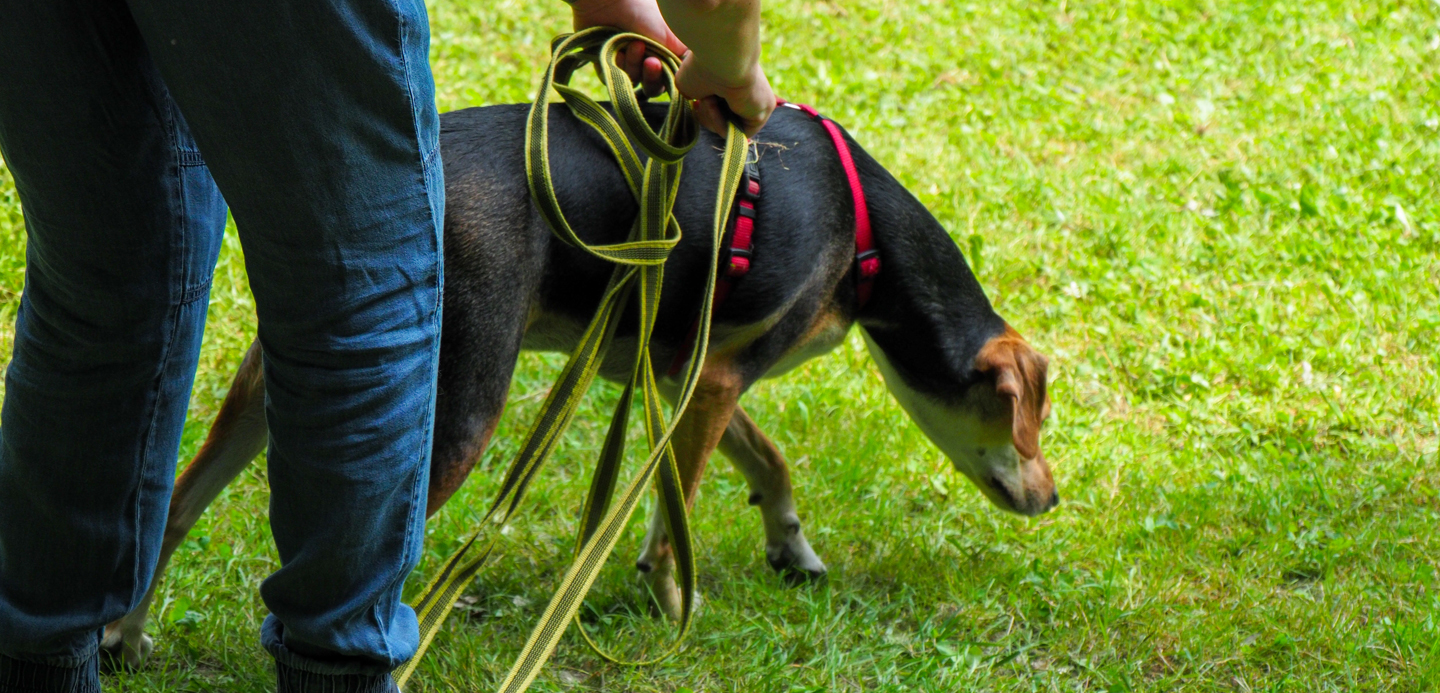
After those first few days, the settling-in period will begin. He will now feel more comfortable and understand that this is his new home. At this stage you will also start to see more of his character and personality as he becomes increasingly confident. However, this new-found confidence may also bring with it new challenges. He will now test his limits with all members of the family, which means you will have to keep using the long line. He may also begin to challenge your authority. This is all normal behavior for a rescue dog, but you must not let him win. No harsh punishment is needed here; simply limit his freedom by giving him timeouts in his crate.
More about the long line
For most people, our personal space or distance is approximately 24 inches. For a dog it is four feet. Thus, a dog on a leash feels you are controlling him because you are in his space. The long line on the other end is long enough for him to move freely around you but still stay within a certain distance. Another advantage of the long line is that if he starts jumping on the sofa, you can correct this very easily with a gentle tug. The more you can correct his behaviors without resorting to any physical contact, but only using your voice, the faster he will understand it. This is another perfect way to express your leadership by not letting him go anywhere whenever he wants. He will eventually graduate from this after a few months.
Important tip: All family members must take turns using the long line with the dog.
Unleashing your dog’s potential
When going on walks, do not use the long line. Instead, it is now time for the leash. Socializing is vital at this stage with dog parks being a great way to get him around other dogs. However, if you are going to a public park, I would recommend using a longer long line (i.e., 25 to 30 feet) so that he can move around and still feel free to run without being too far from you.
Getting down to basics
You can now start basic training with your rescue dog. He may already know some commands, so practice those first and then try to add a few new ones. Once your dog can obey the same command three times in a row, he knows the command. On average, a dog can remember up to 150 different words while some can even master more than 300.
Important tip: Make sure the commands don’t exceed one or two syllables. In other words, keep them simple.
Tackling weeks 2 to 8
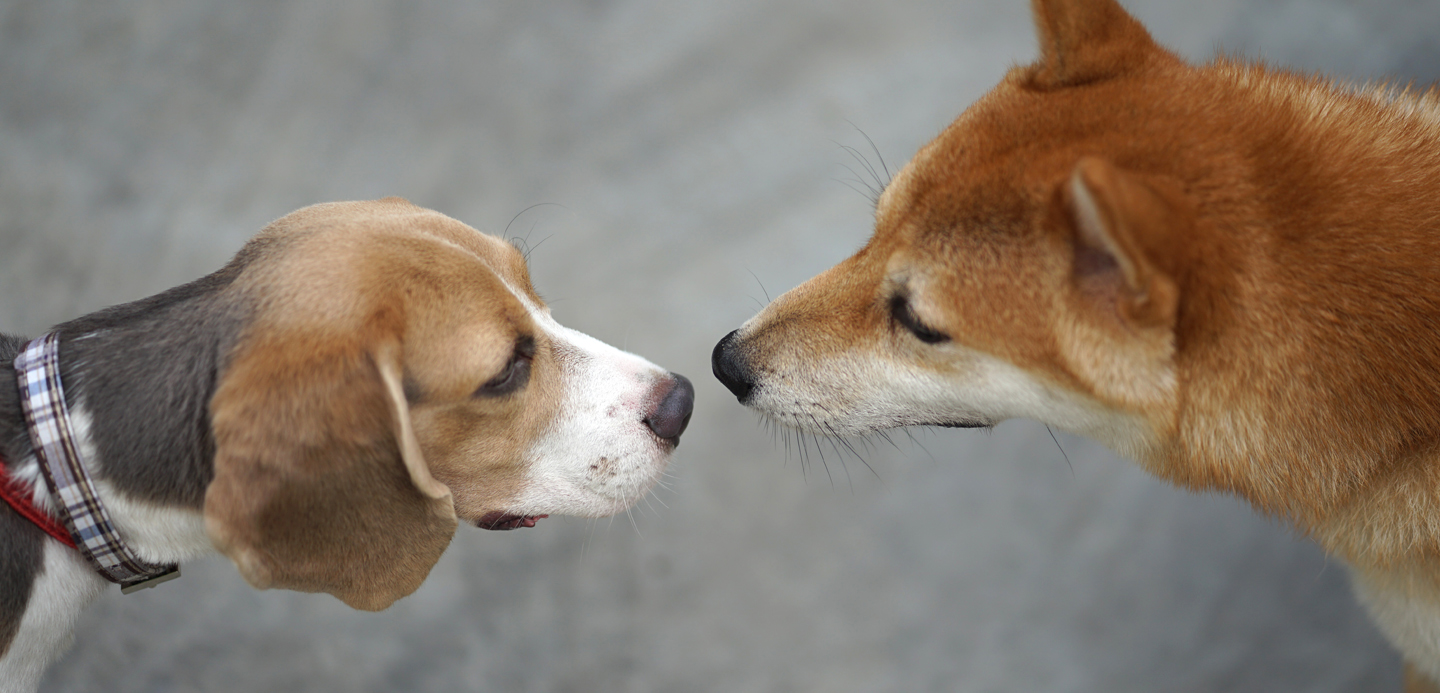
Start a schedule that you can manage and be consistent. Here are some general pointers:
- If your dog doesn’t want to socialize, don’t force it. Let it come naturally.
- Start regular 15-minute walks twice a day.
- Try to get him to do his business before going out on the walk.
- Feed your dog once a day at the same time.
- Do not allow your dog on furniture or on the bed unless you ask.
- Teach your dog that certain rooms are off limits to him.
Implementing these rules is a great way to demonstrate your leadership. Some rules will take longer to learn, but your rescue dog will get there in the end.
Important tip: Rescue dogs thrive and learn the rules at the beginning but will get too comfortable at some point and simply forget that you are in charge. It is your job to remind them!
Focus on the day-to-day details
Make sure that you create and stick to a routine that works for both you and your dog. If you leave the house and return at the same time each day, your dog will have a sense of a schedule and it will be easier for him.
Important tip: Dogs do not have a sense of time. For them, five minutes or five hours feels the same.
They do have an instinct that helps them know when you are about to come home, but it is not based on the concept of time as we know it. Returning home at the same time will help him be calm while you are away.
Keep up with the socialization
Consider the socialization of your dog as lifelong learning. Ideally, you will have your furry friend interact with other animals regularly at this point. Don’t lose hope if they are still not ready to be socialized. Moreover, if your rescue dog has behavioral issues, you will need to address them head on as they will not disappear on their own.
Welcome to month number 3
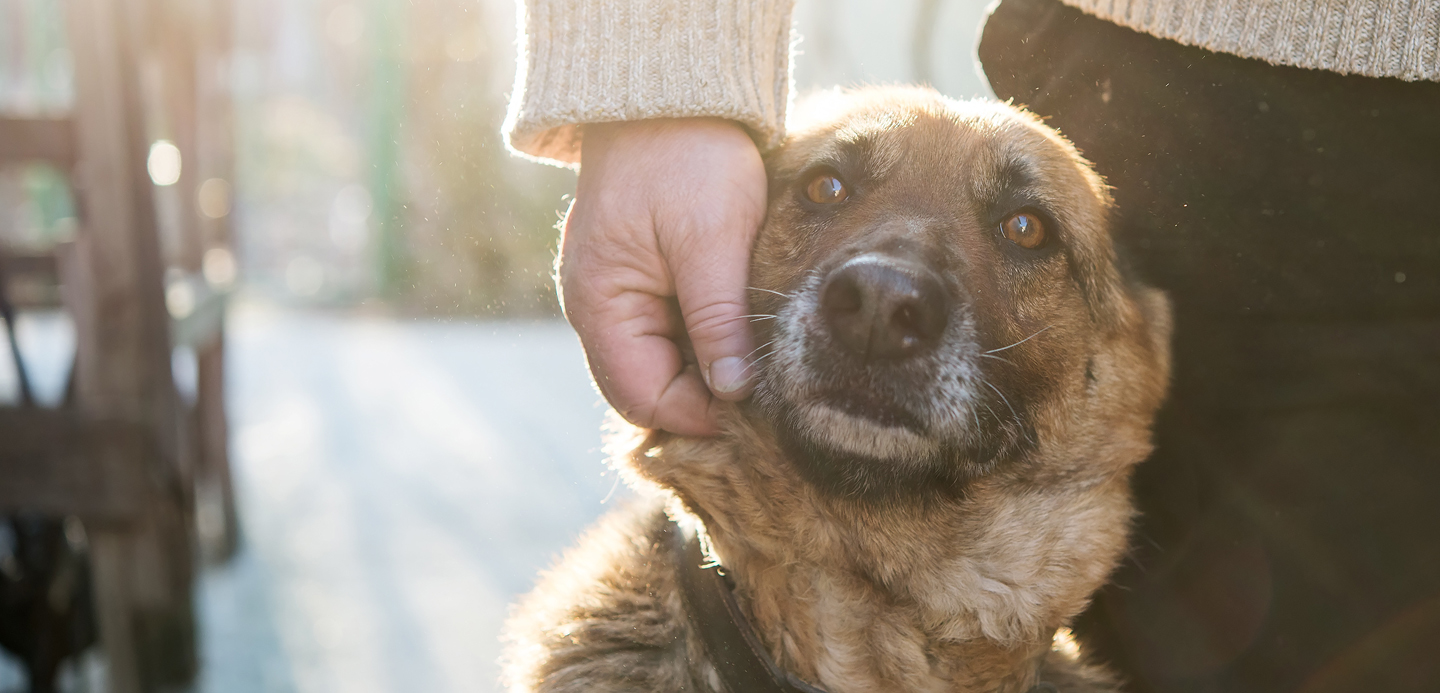
Your dog will now be very comfortable with his home and you. He will have understood your routine and adapted to it. This is a good time to graduate from using the long line in the house. Fido will appreciate the fact that you trust him. Keep in mind that you can always come back to the long line if he starts misbehaving. Once he understands his limitations outside, which may take a few weeks, you can also dispense with the long line there. As a result, your dog will probably never run away even if you have no fence.
Important tip: Dogs that have found their leader do not want to leave them.
Patience and perseverance are the key
Bear in mind that your rescue dog has probably been in one or two families before yours and ended up in a rescue shelter. It should be no surprise that Fido is very mistrustful at first – you would be too if you found yourself in a third foster family!
Important tip: With a little patience and devotion, you will have a well-behaved dog who will love you and be loyal to you.
Final thoughts
I hope you have enjoyed this article on how to train your rescue dog. For more detailed training tips, be sure to subscribe to my online dog training videos to give your rescue dog every possible chance at success!

